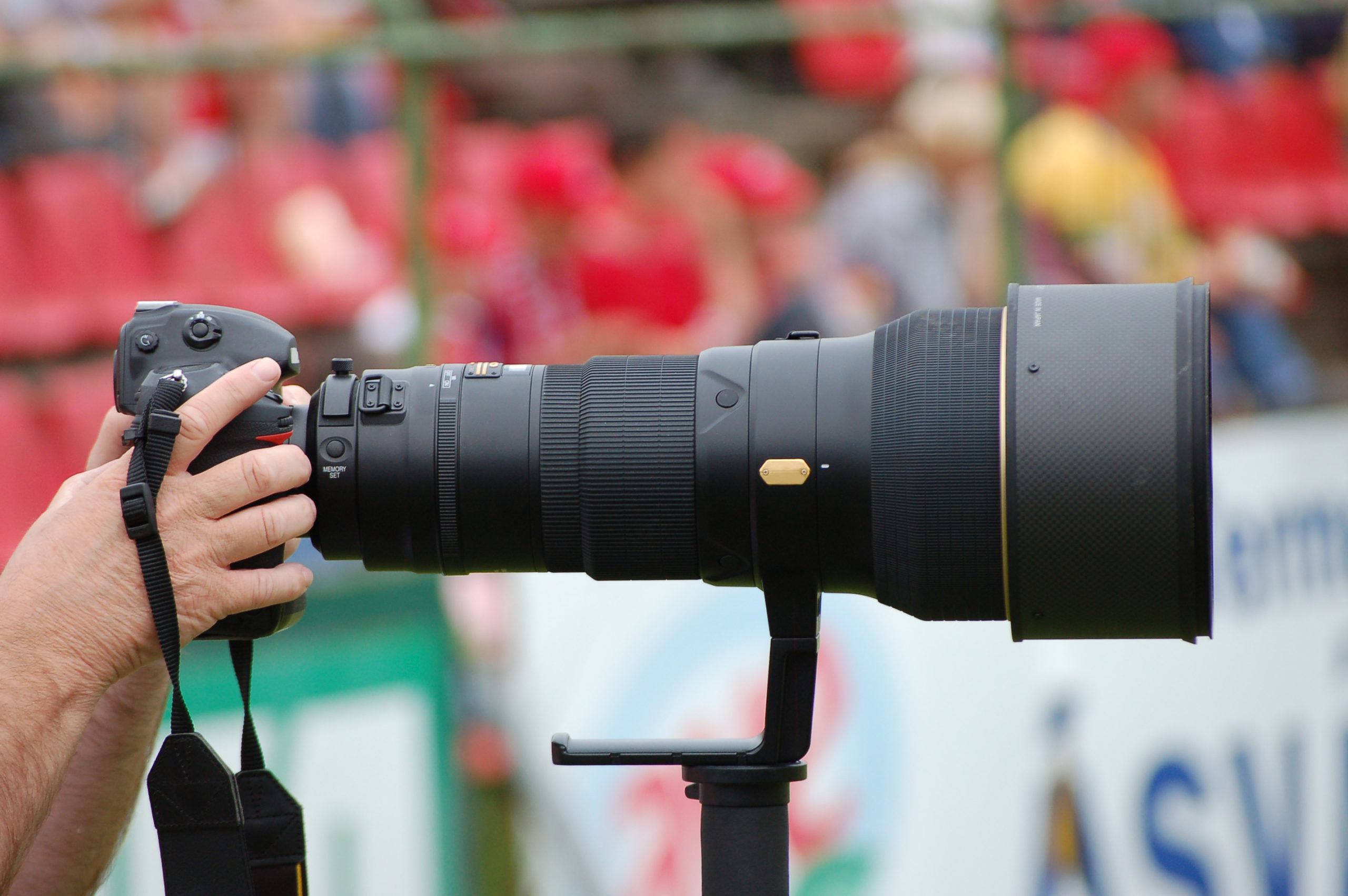The Magic of Sports Captured Through Photography

Photo Credit: istock/nbela
After an unforgettable year of delays, setbacks, and emotional upheaval due to the COVID-19 pandemic, top athletes from across the globe will soon compete in what is officially known as the Games of the XXXII Olympiad from July 23 to August 8 in Tokyo.
This summer, as photos are finally captured of everything from the Olympic opening ceremony to the medal presentations—and all of the incredible athletic feats in between—sports photographers will share a series of special once-in-a-lifetime moments for all the world to see. These shots will be savored more than ever since most would-be spectators will not be admitted to the games in-person due to COVID precautions. And even photographers who have been vaccinated are facing formidable restrictions due to the risks of coronavirus, not to mention they will be risking their own health and safety to capture unforgettable moments.
So, if you’re like me, and planning to stream some of the hundreds of events, games, and matches across nearly 40 different sports this summer, it will be more important than ever when photographers capture exceptional feats—many of which we just won’t have enough time to watch ourselves. And the fact that they will do so through their very own lenses makes the images even more special.
The History of Sports Photography
As I started to think about the photos that we will see this summer—online, on TV, on our phones, in magazines and blogs, and beyond—I started to wonder about the history (and connection points) between sports and photography. For example, when and how did sports photography originate?
As I began to research, I learned that between 1835 and 1860, a new era came into existence: “the era of the Calotype, the first negative-positive process.” The Calotype, also called Talbotype, [is the] early photographic technique invented by William Henry Fox Talbot of Great Britain in the 1830s.” During this period, “The exposure time was long. The positive prints were produced using silver salts and kitchen salt!” But a new period was forged, which began the days of “modern silver halide photography.” Regarding this technique, “a sheet of paper coated with silver chloride was exposed to light in a camera obscura; those areas hit by light became dark in tone, yielding a negative image.”
Following the mid-1800s, photo technology and human know-how continued to progress into the early 1900s. According to a Widewalls article, “Starting off through photojournalism and evolving into a proper art form, [the beginning of] sports photography relied on the advancement of the photographic medium and its equipment to immortalize the tendencies that have been a part of human history since Old Greece.” Just as athletes were originally imaged early on in “mesmerizing sculptures” by artists, “photographers did so in their sports pictures,” starting in the early 20th century.
Not surprisingly, during the mid 19th and 20th centuries, interest in shots of athletes in action began to grow exponentially, just as cameras and imaging technology began to make incredible advancements. In the early to mid-20th century, the public began to look for images of athletic activities and poses, popular athletes, and groups of athletes to appear in newspapers and magazines. Then, in the 1930s, camera shutter speeds improved. And by the mid-1950s, Sports Activities Illustrated (today known simply as Sports Illustrated) came into existence. It was the first magazine dedicated exclusively to recording and celebrating sports and athletes, and it became a phenomenon that continues to flourish today.
During the decades that followed, as photos from the “early years” of sports photography moved from magazines to galleries, museums, private collections, and beyond, sports photography was literally born. Fans clamored for keepsake images of their favorite athletes in poses that exemplified them cracking a baseball while hitting a homerun, dunking the winning basketball shot, or dashing across the finish line to win a hard-fought race.
Sports Photography Today
Today, major sports and the photographs that capture athletes performing at the top of their game are worth their weight in gold. Why? Probably because they represent so many things all at once, including excellence, discipline, normalcy, and maybe even unity across global boundaries.
And the athletes who will be photographed while competing in this summer’s Olympics are no exception, which is why we tip our hats and profusely thank all of the incredible photographers who will be capturing the shots that we can’t wait to see unfold.
Join the Copyright Alliance as a Creator Member for Free
At the Copyright Alliance, members such as the American Photographic Artists (APA), the American Society of Media Photographers (ASMP), the North American Nature Photography Association (NANPA), the National Press Photographers Association (NPPA), and the Professional Photographers of America (PPA) are professional organizations that help to protect, educate and advocate on behalf of a wealth of photographers, so be sure to check them out. And if you are an independent photographer or other type of creator, we also invite you to become a Creator Member of the Copyright Alliance at no charge, and you’ll automatically receive a number of benefits exclusive only to our members.

